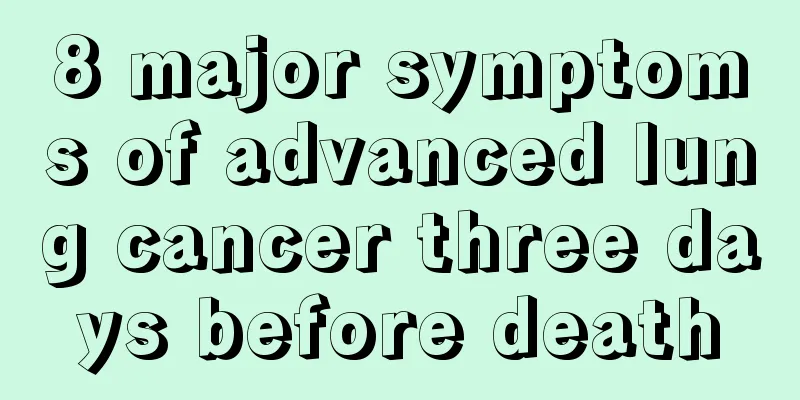How to effectively treat cerebral thrombosis

|
If you suffer from cerebral thrombosis, the patient needs to pay attention to scientific treatment and abide by some principles of drug use. At the same time, he should also pay attention to later rehabilitation training and treatment to improve his quality of life, especially for older patients, the harm is relatively large. 1. Medication Principles of acute drug treatment. (1) Ultra-early treatment should first raise the public's awareness of stroke emergencies and first aid and make them understand the importance and necessity of ultra-early treatment. See a doctor immediately after the onset of the disease. If there are no contraindications, strive to perform thrombolytic therapy within the 3-6 hour treatment time window, reduce cerebral metabolism, control cerebral edema, protect brain cells, and save the ischemic penumbra. (2) Individualized treatment: The most appropriate treatment is taken according to the patient's age, ischemic stroke type, severity of illness, and underlying disease. (3) Prevent and treat complications such as infection, cerebrocardiac syndrome, hypothalamic injury, post-stroke anxiety or depression, inappropriate antidiuretic hormone secretion syndrome, and multiple organ failure. 2. Surgical treatment For patients with large supratentorial cerebral infarction with severe cerebral edema, space-occupying effect, and signs of brain herniation, decompressive craniotomy can be performed. For patients whose condition worsens due to cerebellar infarction and brain stem compression, aspiration of the infarcted cerebellar tissue and posterior cranial fossa decompression can be saved. 3. Rehabilitation It should be carried out early and follow the principle of individualization to formulate short-term and long-term treatment plans, select treatment methods in stages and according to local conditions, provide patients with targeted physical and skill training to reduce the disability rate, promote neurological function recovery, improve quality of life and reintegrate into society. 4. Prognosis: The mortality rate of cerebral thrombosis is lower than that of cerebral hemorrhage, but the disability rate is higher. The mortality rate increases significantly with age, with an average mortality rate of about 25%. Common causes of death are brain herniation, multiple organ failure, secondary infection, and cardiopulmonary insufficiency. The disability rate among survivors is also high, and about 20% of survivors relapse within 1 to 2 years. Therefore, once you have cerebral thrombosis, you must take medication for life to prevent recurrence, and you must take the medication under the guidance of a professional doctor. |
<<: What are the symptoms and treatments of facial paralysis
>>: How to relieve allergic dry cough
Recommend
The efficacy and function of white sugar
Everyone should know that white sugar provides en...
Can I drink fish soup when I have a cold and cough? It turns out to be like this
As we all know, colds and coughs can be relieved ...
Organs corresponding to the tongue
If we feel unwell and go to the hospital for a ch...
What is liver cancer MR
What is liver cancer mr? 1. Liver cancer is a ver...
What happens if an unmarried girl gets thyroid cancer? What should I do?
Thyroid cancer in unmarried women may be caused b...
These pillow items shorten your life by 10 years
For most people, one-third of their lives are spe...
Common symptoms of ovarian cancer
Among gynecological malignancies, ovarian cancer ...
How to exercise for ovarian cancer
Many people believe that cancer patients are weak...
Total bilirubin 34
The determination of total bilirubin is mainly us...
The hazards of electric ovens
The electric oven is a common kitchen appliance f...
How to effectively remove surgical scars
It is easy to leave scars after surgery, and thes...
Is it normal for a mole to have a black scab?
I believe many people have had the experience of ...
Treatment and conditioning methods for liver tumors
People with liver tumors should not only receive ...
How to make nipples bigger?
Pert breasts have always been the focus of a woma...
What is the alcohol content considered drunk driving
In the past two years, the traffic department has...









